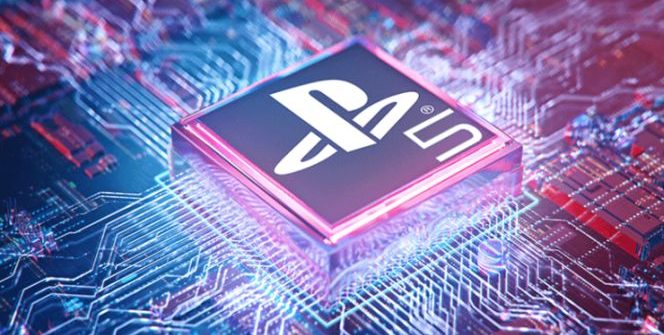Mark Cerny, the lead system architect of the PlayStation 5 (as well as the PlayStation 4 and the PlayStation Vita…) told DigitalFoundry that the console has enough power to have both the CPU and the GPU at the highest clock speed at the same time.
„We don’t use the actual temperature of the die, as that would cause two types of variance between PlayStation 5s. One is the variance caused by differences in ambient temperature; the console could be in a hotter or cooler location in the room. The other is the variance caused by the individual custom chip in the console, some chips run hotter and some chips run cooler. So instead of using the temperature of the die, we use an algorithm in which the frequency depends on CPU and GPU activity information. That keeps behaviour between PS5s consistent. If you play the same game and go to the same location in the game, it doesn’t matter which custom chip you have and what its transistors are like. It doesn’t matter if you put it in your stereo cabinet or your refrigerator, your PlayStation 5 will get the same frequencies for CPU and GPU as any other PS5,” Cerny says. Fair play on that.
How does boosting work? „There isn’t a lag where extra performance is available for several seconds or several minutes and then the system gets throttled; that isn’t the world that developers want to live in – we make sure that the PlayStation 5 is very responsive to the power consumed. In addition to that the developers have feedback on exactly how much power is being used by the CPU and GPU,” he adds.
Can both components be maxed out with the boost? It seems plausible if Cerny is to be believed: „The CPU and GPU each have a power budget, of course, the GPU power budget is the larger of the two. If the CPU doesn’t use its power budget – for example, if it is capped at 3.5GHz – then the unused portion of the budget goes to the GPU. That’s what AMD calls SmartShift. There’s enough power that both CPU and GPU can potentially run at their limits of 3.5GHz and 2.23GHz, it isn’t the case that the developer has to choose to run one of them slower.”
The PlayStation 5 devkits have closed performance profiles, but the retail console will get rid of the: „Regarding locked profiles, we support those on our dev kits, it can be helpful not to have variable clocks when optimising. Released PlayStation 5 games always get boosted frequencies so that they can take advantage of the additional power,” Cerny says.
The PlayStation 5 is planned to launch this Holiday season.
Source: WCCFTech
Please support our page theGeek.games on Patreon, so we can continue to write you the latest gaming, movie and tech news and reviews as an independent magazine.
Become a Patron!
















Leave a Reply